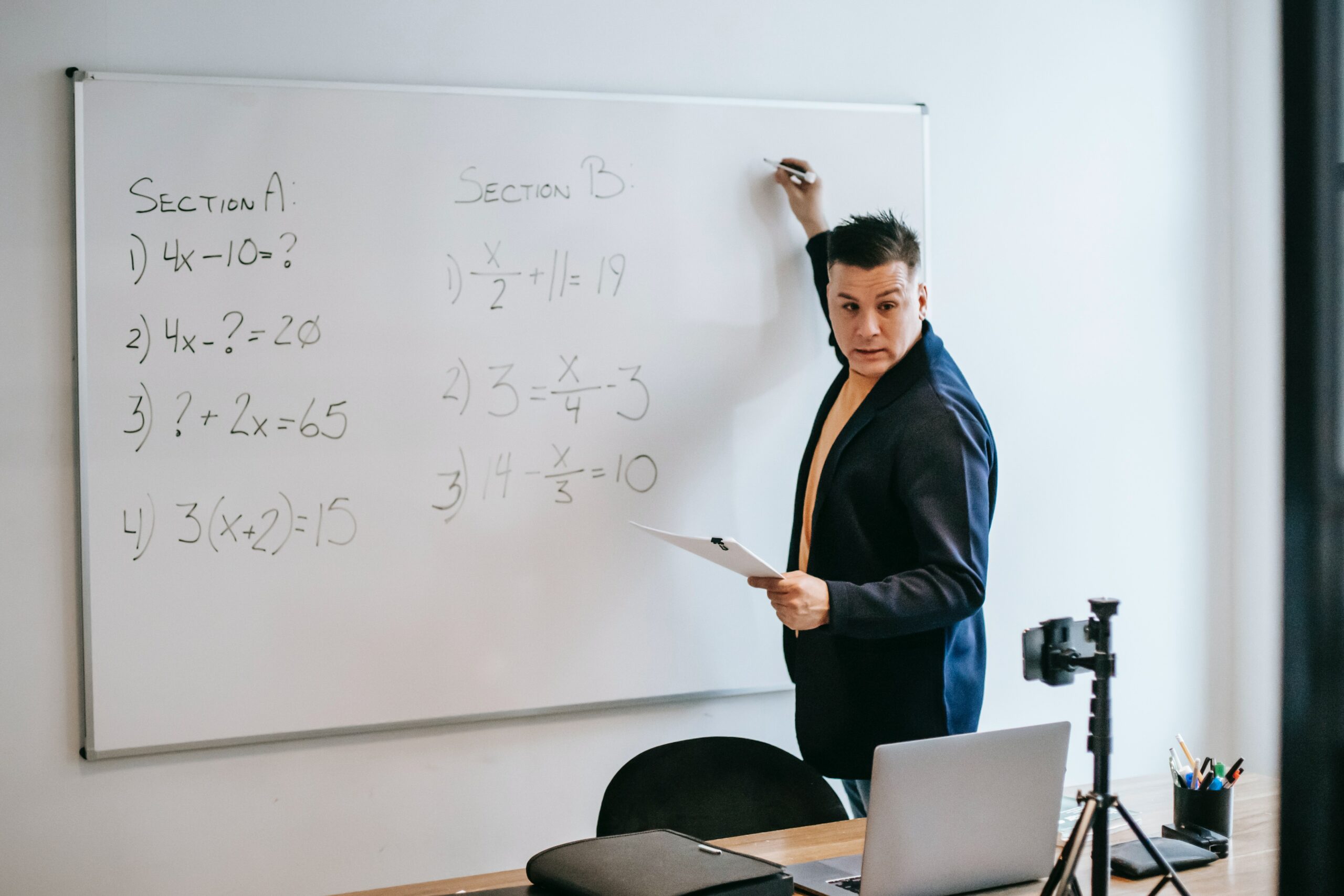
The changes brought by the pandemic have made it unquestionable that digital transformation will entail a paradigm shift that cannot forget the more human dimensions of education.
Towards digital citizenship through hybrid models
There has been a growing awareness that exercising responsible and critical digital citizenship requires quality education throughout life, not only during the specific limited period of the compulsory education stage. This need requires a revision of the current educational model and opens the door, as Juan I. Pozo states, to a new scenario of ‘hybrid education’ mixing face-to-face with the virtual […] mainly as a way of relating to others and to knowledge that cannot be reduced to the more traditional didactic formats.[2]
The boom in the use of technology as an intrinsic and transversal part of the curriculum makes it easier for those who know how to use it and generate the right conditions for some methodological options to work and serve the learning of all students and not just some of them. No one can be left behind in a context where it is essential that inclusive schooling is much more real than what is provided for in legal regulations.
No one can be left behind in a context where it is essential that inclusive schooling is much more real than what is provided for in legal regulations.

Students’ digital competence can be acquired in a well-designed virtual learning environment and with teachers who have received good digital and ICT training. This should be done within their current environment and not only with their future in mind. The development of this competence goes along with the digital transformation driving innovation in the technological field, which has an undeniable influence on the labour market and society as a whole.
According to Miquel À. Prats and Elena Sintes (2021) A hybrid school conceives learning spaces and times in a very different way, making them extensive and continuous. The learning model they come up with has two main goals: first, advance in educational quality and transformation; and secondly, guarantee equity and digital inclusion, developed in eight strategic areas of action:
- Centres and teaching teams organised for hybrid education.
- Designing authentic learning experiences.
- Personalising virtual learning environments.
- Diversified assessment and continuous feedback.
- Constant monitoring, communication and tutoring.
- Well-being, security and digital autonomy.
- Training, support and empowerment of teachers, students, families and the community.
- Guarantee technological equipment, connectivity and educational resources and materials for students, families and teaching staff.[3]
Another initiative in this field is the one promoted by the Department of Education of the Generalitat de Catalunya: a pilot project to boost hybrid education as a quality and fair educational response to changing and complex scenarios within the framework of the Digital Education Plan of Catalonia.[4]
In short, hybrid education must incorporate digital culture. But not to maintain traditional teaching formats, but rather to promote autonomous and cooperative learning which requires a prior focus on students rather than teaching.
Transforming education is a never-ending journey
However, though all this seems solid, and it is probably so, one should not overlook the need to incorporate a rigorous evaluation process at each step of implementing this innovation model centred on hybrid education. Not doing so, or superficially doing so, can lead us to encounter yet another neuromyth. Innovations -which sometimes are not really so- are not about implementing a change of any kind, but about integrating it into an overall process of permanent change, together with the relevant educational research that confirms whether it is an effective and efficient change or not.
Even so, without a high percentage of teachers’ involvement and linking it to their professional development, such a transformation will fail, as has happened before. Regulations established by the educational administrations are not enough, nor leaders of educational institutions’ decisions. There are many technological tools available to be adapted to the level of each teacher or teaching team, and there are many initiatives or examples of good educational practices that can be useful.
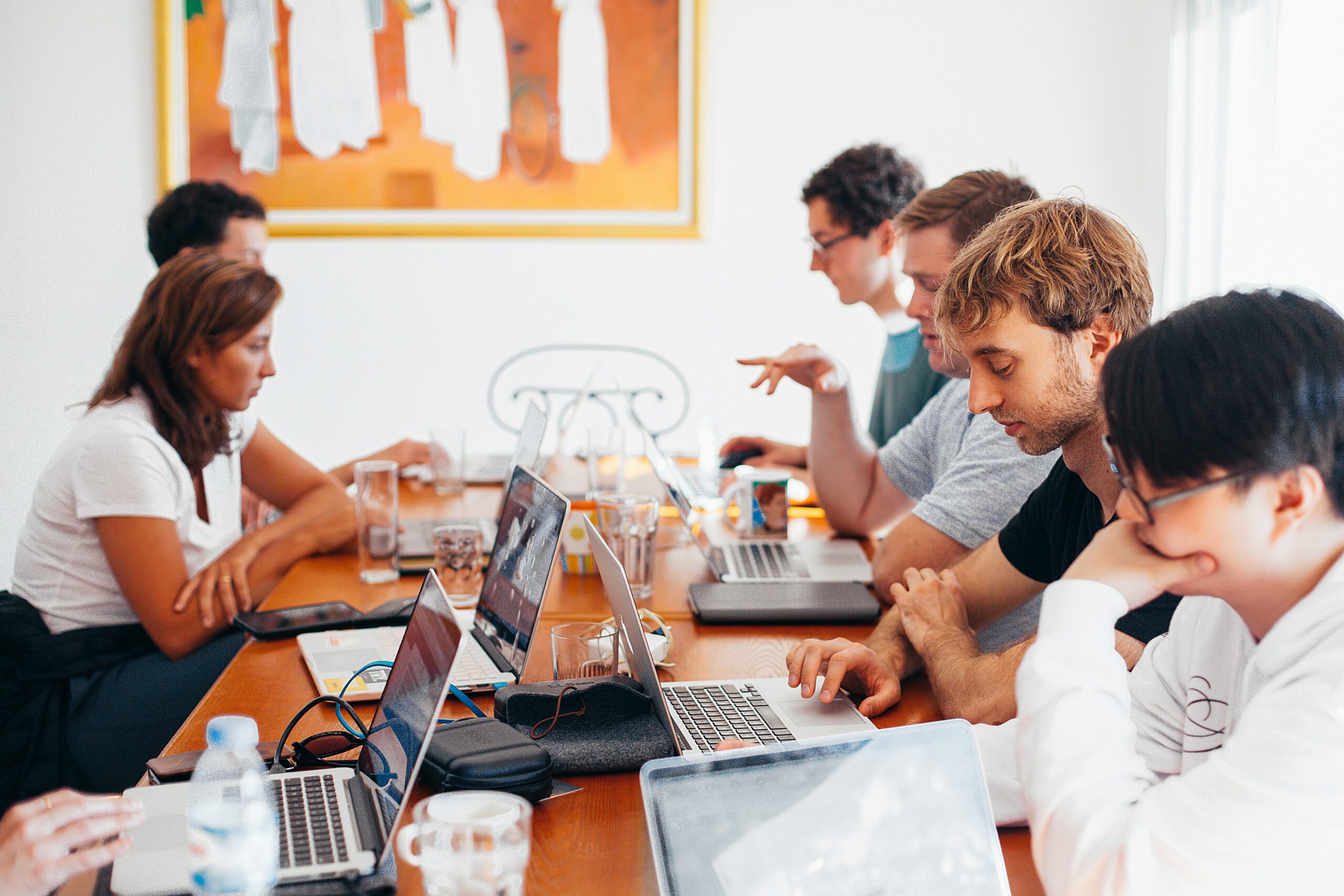
Without a high percentage of teachers’ involvement and linking it to their professional development, such a transformation will fail
In some cases, inertia can be very heavy. Getting teachers to change is not easy. Coral Regí [5], a former headmistress of Virolai School in Barcelona, mentioned in an interview that they had carried out global training by stages on cooperative work, peer learning, learning methodologies, among others, at an initial phase. With this, we managed to revolutionise and move the structure. From this point on, we have promoted our work in professional peer assessment. […] This has made it easier for us to implement personalised improvement plans. It is an excellent example to be taken into account.
In conclusion, the COVID-19 crisis has led to a change of perspective at all levels of the education and training sector actors. It has also made the shortcomings of teacher training in digital tools use and those of the system more visible. It has revealed that teaching and learning need to be more accessible, affordable and inclusive. The digital age shows the enormous challenge we face together, but it is a vital and unavoidable one to achieve.
References
[1] During the presentation of the Rethink Education. Cómo construir la singularidad humana. The Valley, 2021
[2] Pozo, Juan I. (2020). L’escola híbrida com a oportunitat per a transformar l’educació. Diàlegs, Volum 1, 30-35. https://impulseducacio.org/revista-dialegs/
[3] PRATS, M.A.; SINTES, E. (2021). Educació híbrida. Com impulsar la transformació digital de l’escola.Informes Breus, núm. 71. Fundació Jaume Bofill.
[4] Vegeu: https://projectes.xtec.cat/transformacioenxarxa/projecte-pilot-deducacio-hibrida/ [Accessed: 1/10/2021][5] Vegeu: https://pepemenendez.wordpress.com/2021/09/30/transformar-la-educacion-ha-de-ser-un-proceso-permanente-y-sostenible/ [Accessed: 1/10/2021]
You might also like

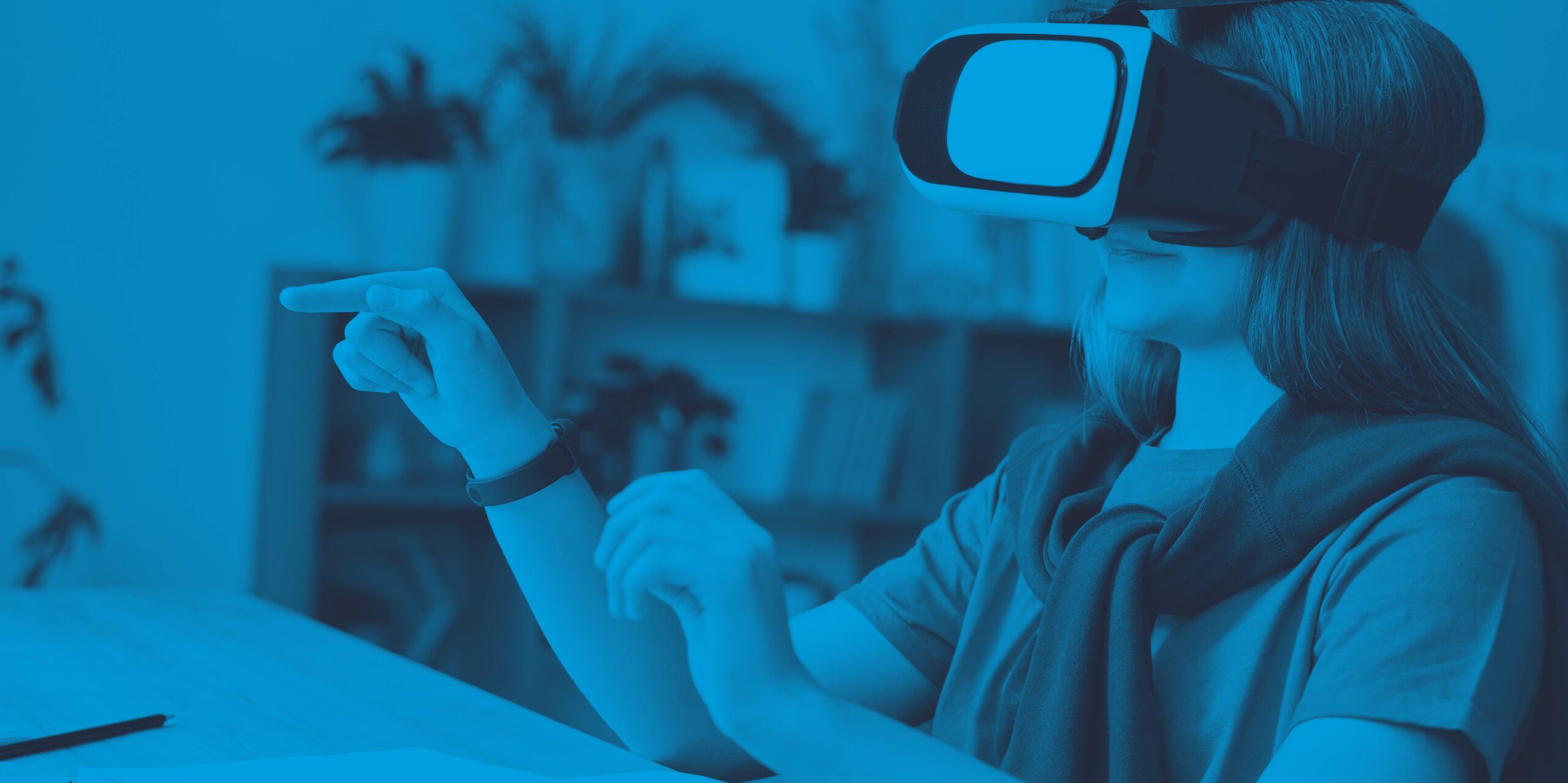
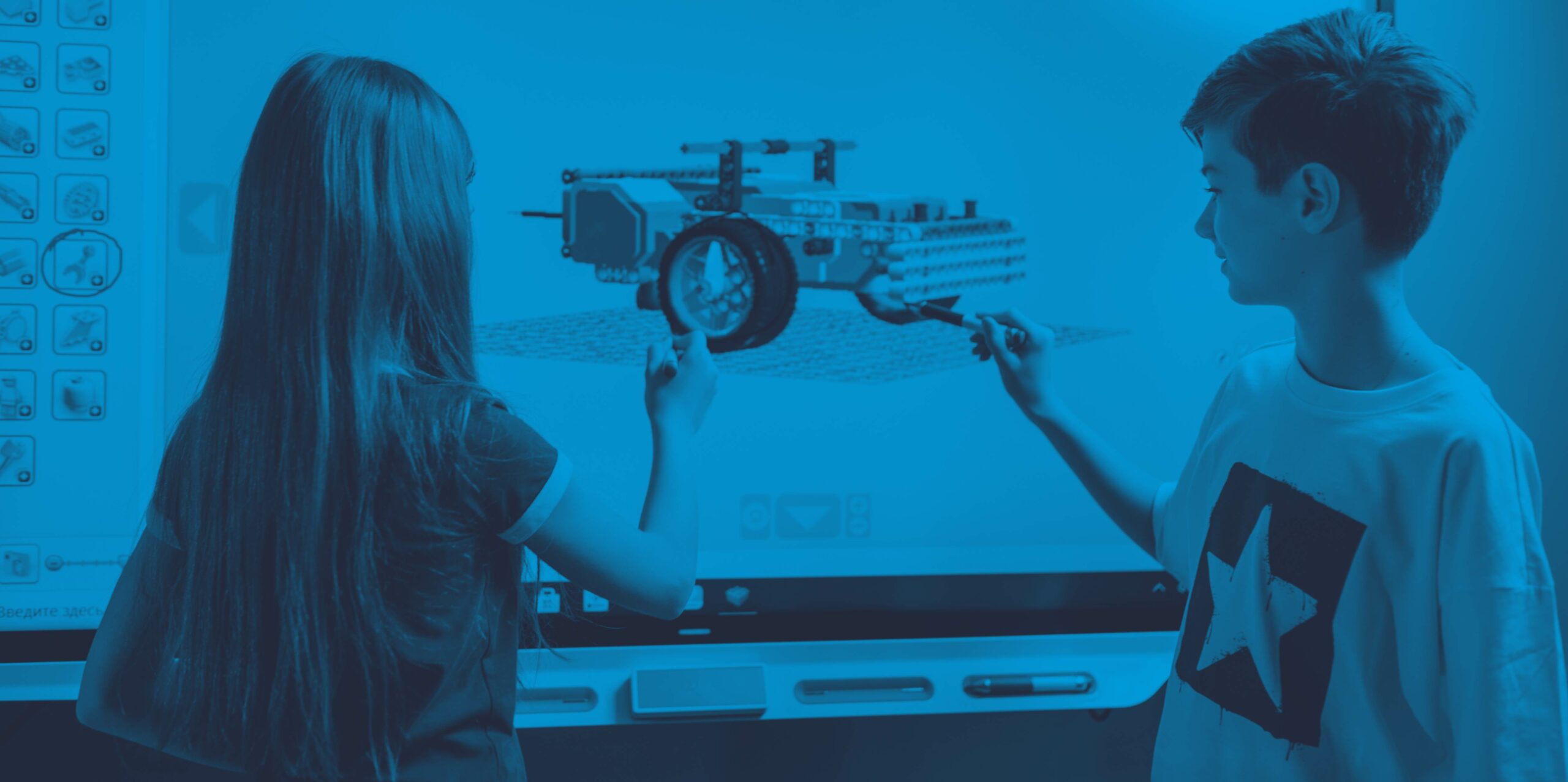

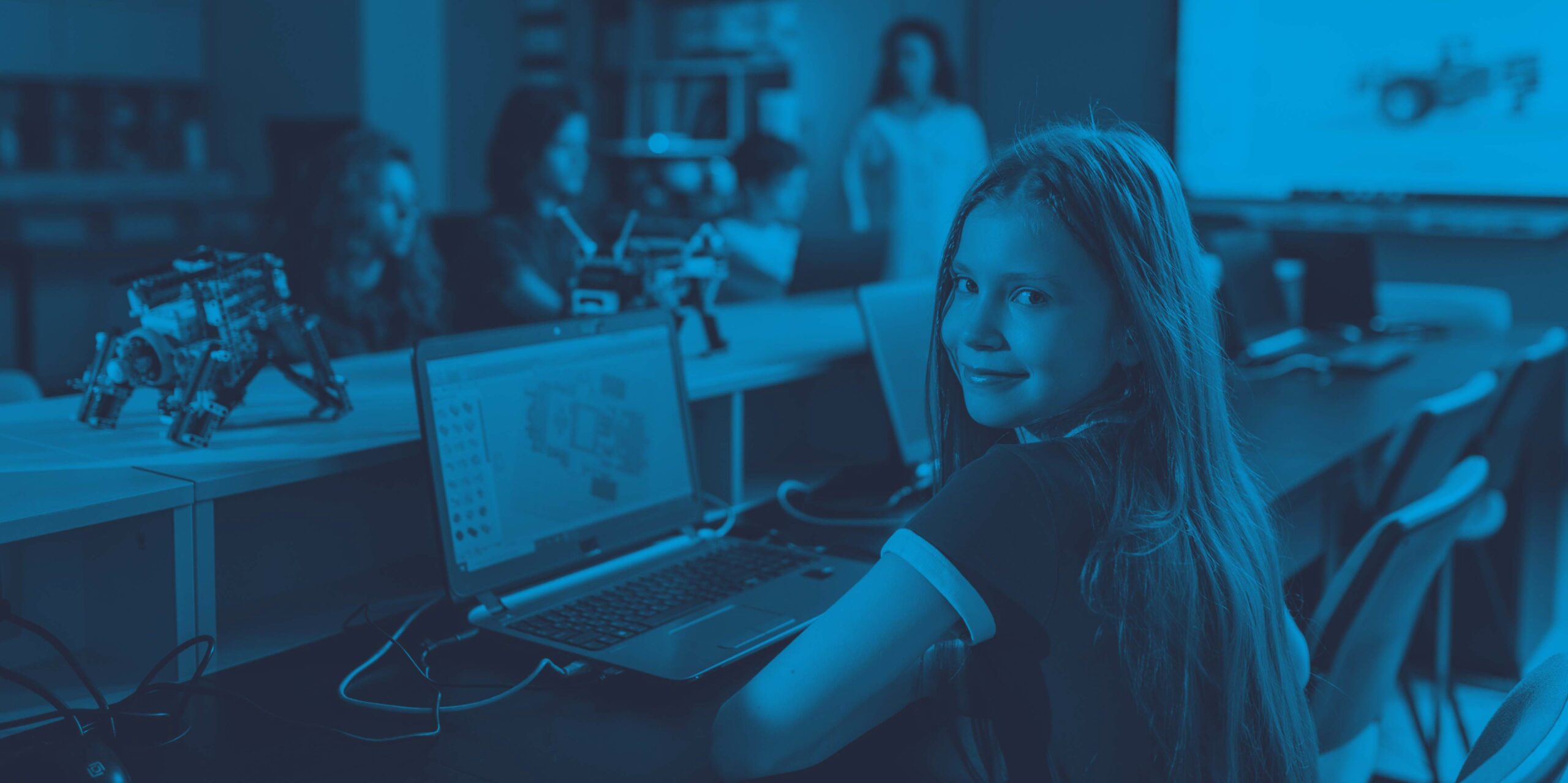
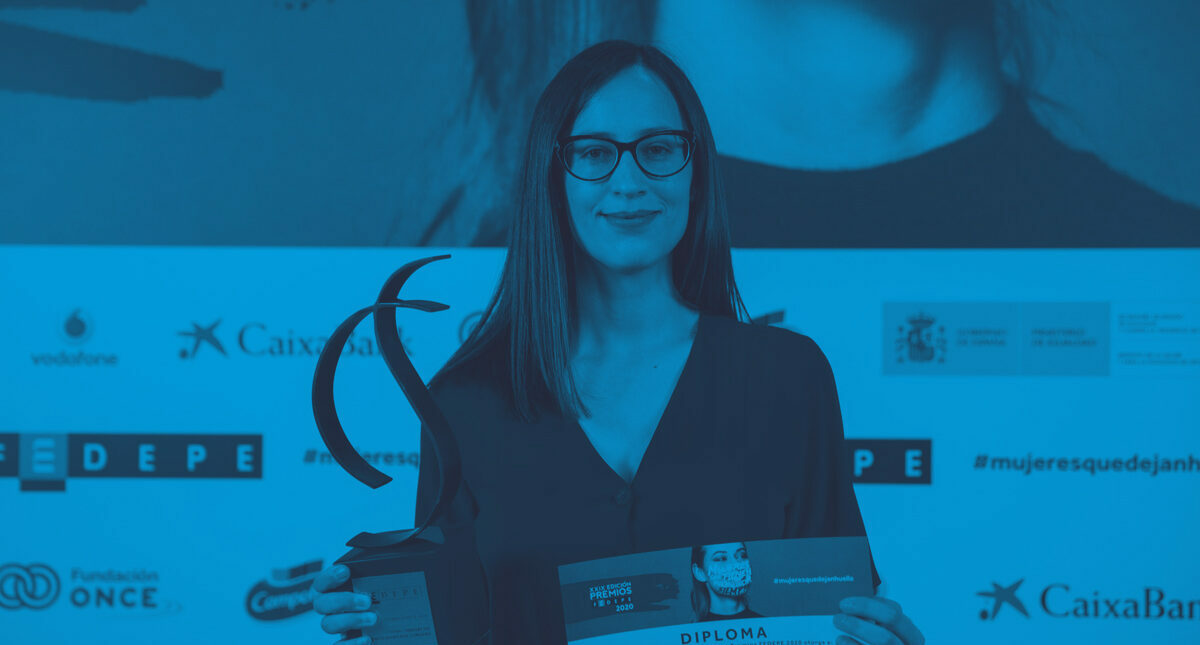

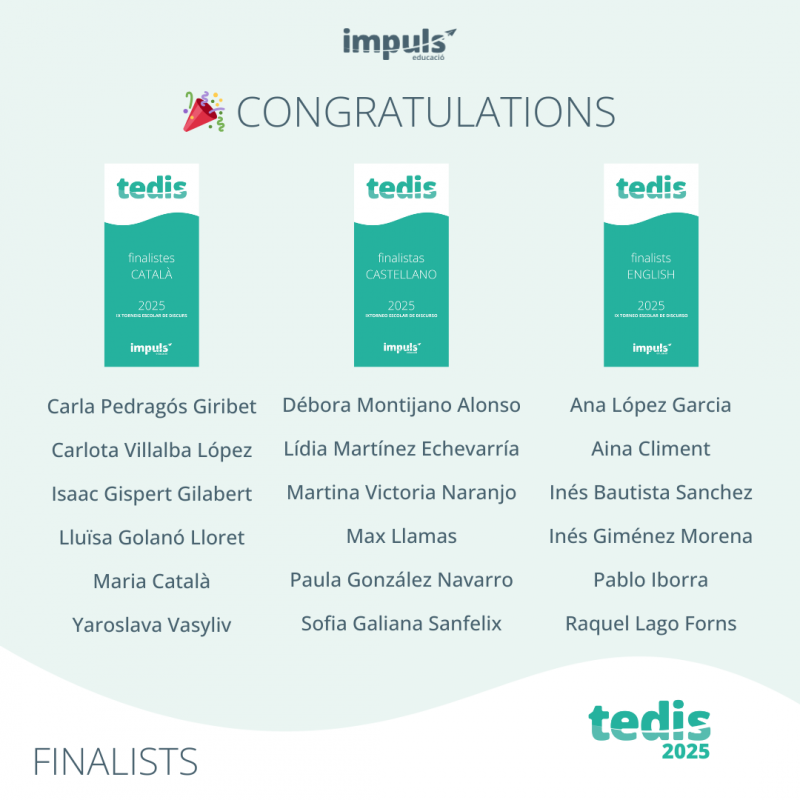

Leave A Comment